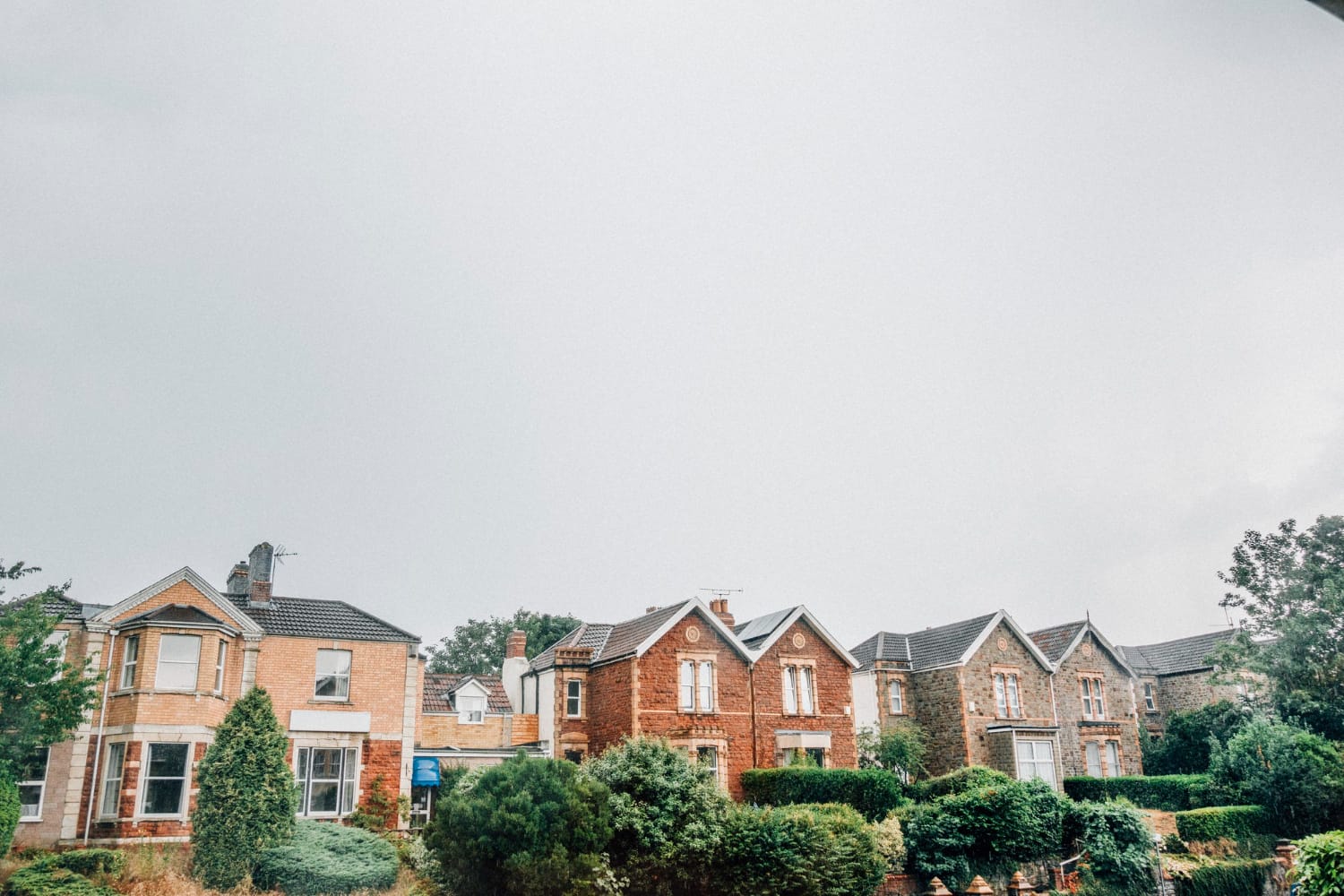Lung cancer linked to home asbestos exposure is a serious concern, and it’s crucial to understand the risks and potential implications. Asbestos, a group of naturally occurring fibrous minerals, was once widely used in building materials due to its strength, heat resistance, and affordability. However, when asbestos-containing materials are disturbed or deteriorate, microscopic fibres can be released into the air, posing a significant health hazard.
The Hidden Danger in Your Home
Asbestos exposure can occur in various settings, but one often overlooked source is within our own homes. Many older properties, particularly those built or renovated before the year 2000, may contain asbestos in various locations. Common areas where asbestos might be found include:
- Insulation: Asbestos was frequently used in insulation materials for walls, roofs, pipes, and boilers.
- Ceiling tiles and textured coatings: Artex, a popular ceiling coating used in the past, often contained asbestos.
- Floor tiles and adhesives: Vinyl floor tiles and the adhesives used to secure them could contain asbestos.
- Cement products: Asbestos was added to cement products like roofing sheets, gutters, and downpipes for strength and durability.
The Link Between Asbestos and Lung Cancer
When asbestos fibres are inhaled, they can become lodged in the lungs, causing inflammation and scarring over time. This prolonged irritation can lead to the development of lung cancer, a serious and potentially life-threatening disease. The risk of developing lung cancer from asbestos exposure is significantly increased for smokers, as the combined effects of asbestos and tobacco smoke have a synergistic effect.
Identifying Asbestos in Your Home
If you suspect your home may contain asbestos, it is essential to have it professionally inspected and tested. A qualified asbestos surveyor can identify potential sources of asbestos and advise on the necessary steps to manage or remove it safely. Disturbing asbestos-containing materials yourself can release dangerous fibres into the air, increasing the risk of exposure.
Protecting Yourself and Your Family
If asbestos is present in your home, there are several ways to manage the risk and protect yourself and your family:
- Leave it undisturbed: If the asbestos-containing material is in good condition and not likely to be damaged, it is often best to leave it undisturbed.
- Encapsulation: This involves sealing the asbestos-containing material with a special sealant to prevent fibre release.
- Removal: In some cases, complete removal of the asbestos-containing material by a licensed professional may be necessary.
What to Do if You’ve Been Exposed to Asbestos
If you believe you have been exposed to asbestos in your home or elsewhere, it’s essential to consult with your doctor. They can assess your risk factors and recommend appropriate monitoring or screening tests. Early detection of asbestos-related diseases, including lung cancer, can significantly improve treatment outcomes and prognosis.
Seeking Legal Advice and Compensation
If you or a loved one has been diagnosed with lung cancer linked to asbestos exposure, you may be entitled to compensation. National Claims can connect you with experienced solicitors who specialise in asbestos-related disease claims. They can guide you through the legal process, gather evidence to support your claim, and help you secure the compensation you deserve.
Making a Housing Disrepair Claim with National Claims
At National Claims, we recognise the profound impact that living in a state of disrepair can have on your physical and mental well-being. Whether you’ve been affected by persistent dampness and mould, endured the discomfort of a faulty heating system, or suffered due to structural deficiencies in your home, we believe you shouldn’t have to suffer in silence.
We recognise that every housing disrepair case is unique, and we’re here to offer you a free, no-obligation consultation to discuss your specific situation. During this consultation, we’ll listen attentively to your experience, carefully review any evidence you have, and assess the potential strength of your claim. Our team will then connect you with a solicitor from our panel who specialises in housing disrepair claims, ensuring that you receive the expert legal representation needed to navigate the complexities of your case and pursue the compensation you are entitled to.
*Customers pay up to 25% (incl. VAT) of the amount recovered towards solicitor costs and if you cancel outside your cooling off period, you may be charged a fee.
Contact us today to speak to one of our claims agents who will be able to help you get started on your claim.
Click below to see why we are one of the most trusted claims management companies in the UK.

We’re proud of our excellent customer reviews
We thrive on delivering exceptional service and ensuring our clients’ satisfaction. Don’t just take our word for it. Check out some of our independent reviews to see what our clients have to say.
Excellent

This firm is excellent, they sorted out my car pay out and injury claim very fast, they always communicate with you all the time.

My accident case was dealt with confidence and with great result of the outcome, especially James kept me informed all the time.

I was very impressed at the way my inquiry was treated. I was listened to attentively and everything I needed to know was explained to me.






